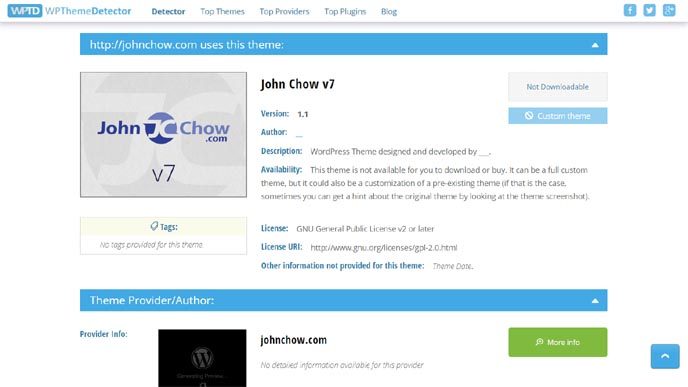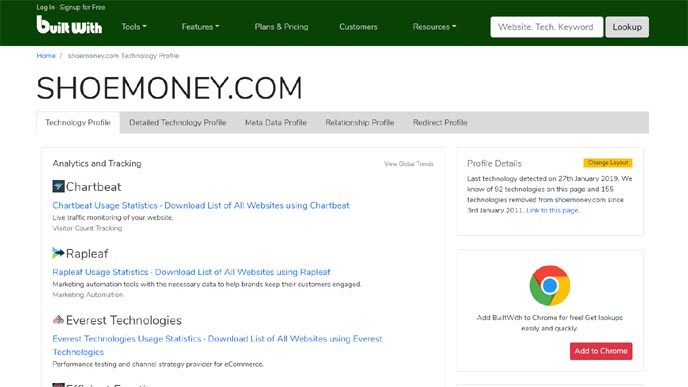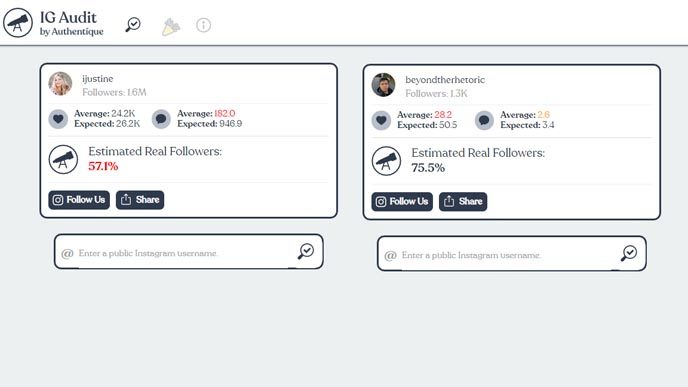Everyone has to start somewhere, so you may as well start somewhere that gives you a good shot at success, right? It’s perfectly normal and even recommended that you look to the people you admire as a source of inspiration. A big part of the reason why a lot of people got into vlogging, for example, is because of Casey Neistat. So many early vlogs by so many channels tried to emulate Casey’s style. I ever ripped a few of his signature tropes myself.
And this includes just about everything to do with your online business model. It’s not just about the content your create itself, but also about how that content is created, how it is displayed, how it is distributed, how it is monetized and so much more. That’s why it can be insightful to spy on the video statistics of your favorite YouTubers. Blogging is much the same too.
While you can’t expect to achieve identical results when you straight up copy everything they do, you can look to successful bloggers (and other influencers you admire) for actionable insights. You just need the right tools for the job. Beyond some well known SEO-oriented tools like SEMrush and Moz, you may want to add a few of these to your arsenal too.
WP Theme Detector

Have you ever come across a blog and were totally struck by just how beautiful it was? You love the site design and you want something similar for your own blog, but you don’t know where to start? You start browsing and searching through a variety of theme directories to no avail, because you just can’t quite find something that’s the same.
Make your life much easier by popping that URL into WP Theme Detector. This free online tool does exactly what it says it does: it detects the theme of a WordPress site. If they’re using a free or paid theme that’s available somewhere, it should show up here. This won’t do you a lot of good if the site is using a custom theme, as is the case here with John Chow v7, but there’s more information to be gleaned.
The resulting page will tell you the name of the provider for the blog theme, for example, so you can contact the theme provider to see if they can create something similar for you. The detection tool also looks for what WordPress plugins are being used, complete with download links.
BuiltWith

But what if the infrastructure behind your favorite site is far more complex than that? There’s a good chance that there is more going on behind the curtain than an off-the-shelf WordPress theme. For a much deeper dive into how a website is built and powered, you might want to try using BuiltWith.
Here’s an example for when I ran the tool on Shoemoney’s site. The resulting page is truly extensive. It’ll come as no surprise that Shoemoney uses WordPress, but we also learn that he uses Constant Contact and PushCrew widgets, for example. To deliver a great reader experience, it appears Shoe leverages Zencoder CDN and BootstrapCDN as well.
If you want to know what products and services your favorite blogger actually uses, this is an easy way to find out.
IG Audit

Have you ever looked at an Instagram profile and hypothesized that the person is buying followers or that the engagement they receive isn’t all that authentic? While the algorithm and technology certainly aren’t perfect, IG Audit is a simple way to gain some insight into that.
You simply enter any public Instagram username and it’ll sift through some of the followers, likes and comments to gauge some level of authenticity. When I checked on Justine Ezarik (@ijustine) and her 1.6 million followers, IG Audit estimated that only 57.1% of her followers are real. By comparison, my Instagram profile (@beyondtherhetoric) is much more modest in size, but over 75% of my followers are thought to be real.
No account is going to get especially close to 100%, as the bots are everywhere, but this can help you place those Instagrammers in context with one another.
Moat

Ready to run a campaign to promote your blog? Maybe you’ve written a new ebook or put together an online course? Whatever your objective may be, you might be interested to learn about all the different ad creatives out there as a source of creative inspiration.
A cool tool you can use is called Moat. What you do is enter the brand you’d like to research, and it will pull up all the display ads that the brand has run. When you hover over any given ad banner, it’ll show the dimensions and when the ad ran. You may not want to copy these ads precisely, swapping out their names for yours, but you can use these as a launching off point for ideas that might work for you.
And that’s really how you should treat so many of these online spy tools. They offer useful information and actionable insights that you can then apply to your own business, including your blog. Do you have any favorite spy tools that you like to use?
